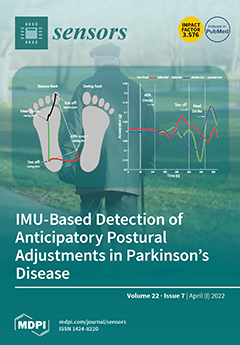Augmented Reality (AR) and cyber-security technologies have existed for several decades, but their growth and progress in recent years have increased exponentially. The areas of application for these technologies are clearly heterogeneous, most especially in purchase and sales, production, tourism, education, as well
[...] Read more.
Augmented Reality (AR) and cyber-security technologies have existed for several decades, but their growth and progress in recent years have increased exponentially. The areas of application for these technologies are clearly heterogeneous, most especially in purchase and sales, production, tourism, education, as well as social interaction (games, entertainment, communication). Essentially, these technologies are recognized worldwide as some of the pillars of the new industrial revolution envisaged by the industry 4.0 international program, and are some of the leading technologies of the 21st century. The ability to provide users with required information about processes or procedures directly into the virtual environment is archetypally the fundamental factor in considering AR as an effective tool for different fields. However, the advancement in ICT has also brought about a variety of cybersecurity challenges, with a depth of evidence anticipating policy, architectural, design, and technical solutions in this very domain. The specific applications of AR and cybersecurity technologies have been described in detail in a variety of papers, which demonstrate their potential in diverse fields. In the context of smart cities, however, there is a dearth of sources describing their varied uses. Notably, a scholarly paper that consolidates research on AR and cybersecurity application in this context is markedly lacking. Therefore, this systematic review was designed to identify, describe, and synthesize research findings on the application of AR and cybersecurity for smart cities. The review study involves filtering information of their application in this setting from three key databases to answer the predefined research question. The keynote part of this paper provides an in-depth review of some of the most recent AR and cybersecurity applications for smart cities, emphasizing potential benefits, limitations, as well as open issues which could represent new challenges for the future. The main finding that we found is that there are five main categories of these applications for smart cities, which can be classified according to the main articles, such as tourism, monitoring, system management, education, and mobility. Compared with the general literature on smart cities, tourism, monitoring, and maintenance AR applications appear to attract more scholarly attention.
Full article






